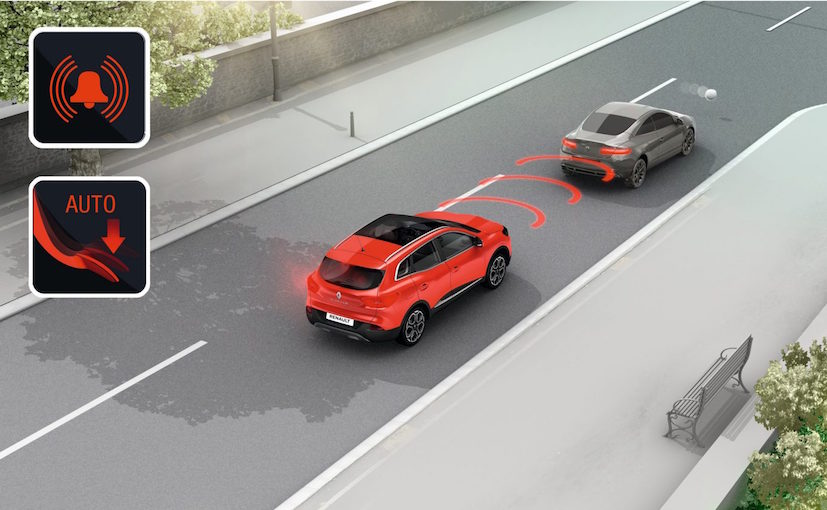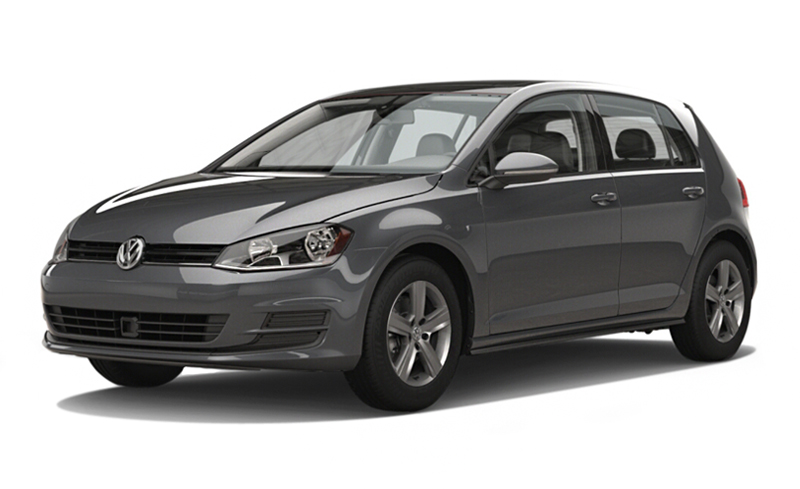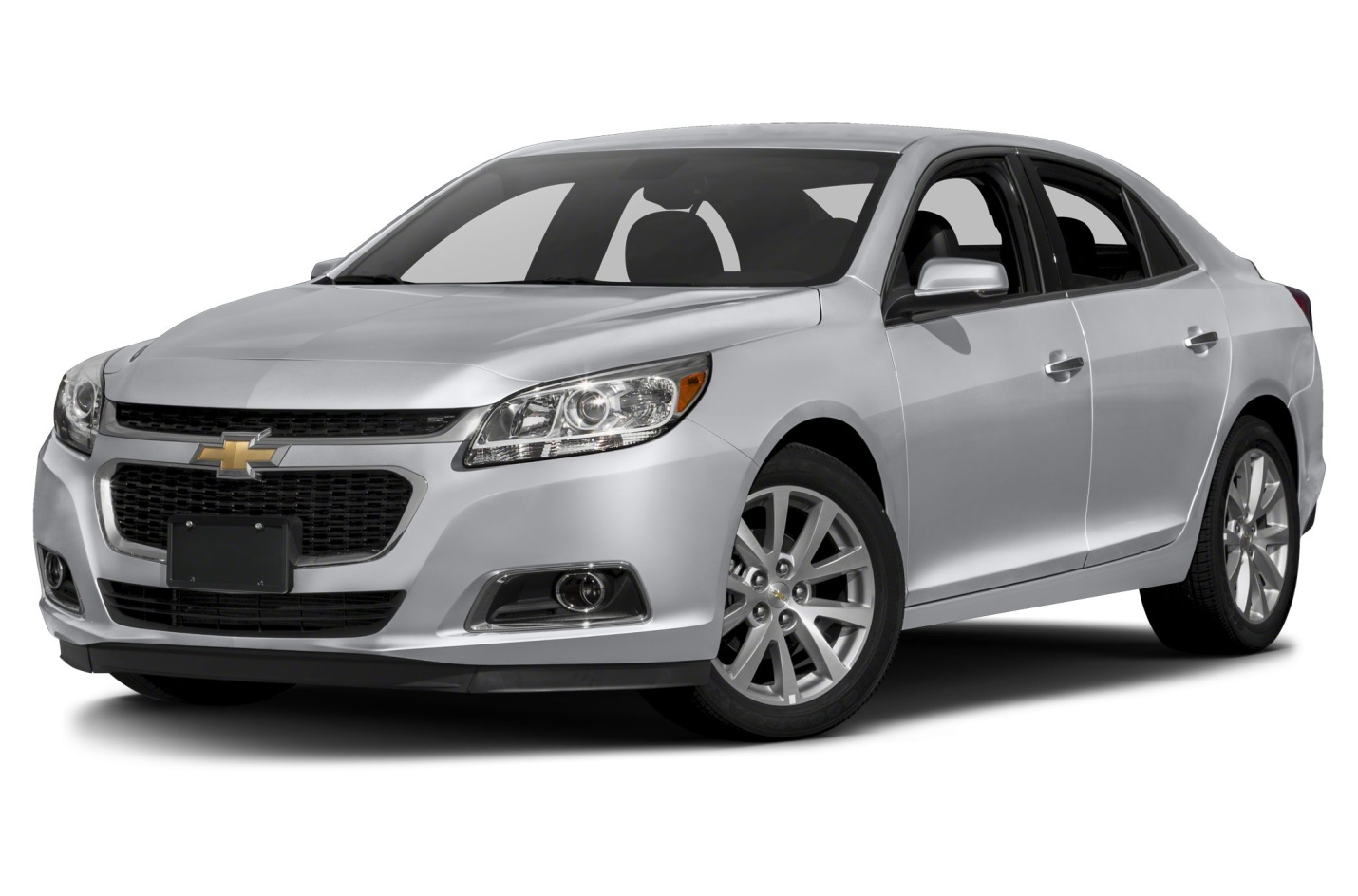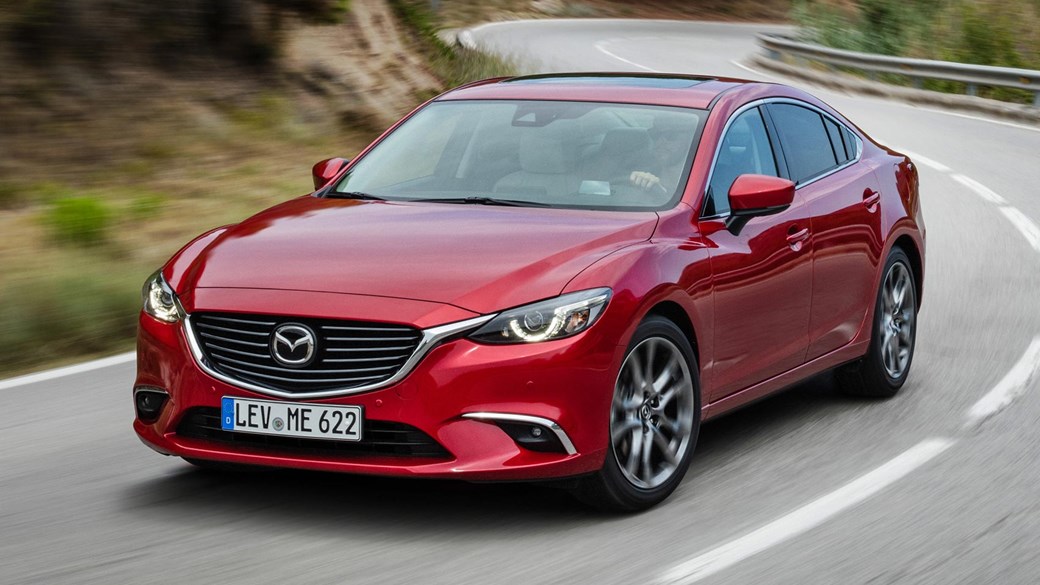
The very fact associated with driving a car is that the probability of individuals meeting with an accident cannot be ignored. Having said that, it’s better to be prepared for such unforeseen circumstances, with better safety equipment installed in your dream car. Thus, the severity of the accident can be reduced or accident itself can be taken out of the equation.
In respect to this very objective of minimizing car accidents caused by faulty braking system and absence of proper safety measures, there are some top automobile companies that have pledged to introduce automatic braking technology as standards in all the upcoming car models.
The concept of bringing self-driving robot cars seem to be a far-fetched dream. The automatic emergency braking system might be a perfect cure for the accidents caused by faulty braking system for some years now until the dream of self-robotic cars turns into reality. The automatic emergency braking system makes the driver all the more vigilant about menacing crashes and allows the driver to gather entire braking capacity of the car to evade the accidents.
Another intriguing fact about the AEB setup is that it independently brakes, which means if the situations seem to be out of control and human response for some reason ceases to exist, the brakes can work independently without any human interference and depending on the scenario.
Several giants of the automobile industry like Audi, BMW, Mazda, Ford General Motors, Mercedes-Benz, Toyota, Tesla, Volvo and Volkswagen have all tied up with National Highway Traffic Safety Administration in order to pull off the plan of introducing AEB on a larger scale.
However, it remains to be seen that if they deviate from the plan.
According to the reports of National Transportation Safety Board, the installation of such technologies in cars will effectively reduce 80% of the rear end collision which results in 1,700 deaths and half a million injury every year. Following the automobile makers, Insurance Institute for Auto Safety has also entered the pact which, according to the aforesaid group, will reduce injury insurance claims by up to 35%.
Here are the top five automakers who have taken a giant leap in order to provide the best and safest means of braking.
Hyundai

If there is any automaker that is focused on making a family-centric car that featured wonderful braking features, it is Hyundai. Haven’t we seen such a wide range of braking measures on the Hyundai Sonata? In the Hyundai Sonata 2018, the previously available forward collision warning has been further upgraded along with the addition of automatic stopping abilities. There are some more safety sensors and emergency related technologies like blind spot detection, lane departure warning, rear cross-traffic alert and rear parking assistance.
Volkswagen

Volkswagen is one of the biggest names in the field of automobile and we know how tough a competition this car is for the other automakers. The current generation of the Volkswagen Golf has been voted as the American Car of the Year 2016. Although the company has been focusing on other parameters of late, it did not fail to put in some of the finest emergency braking facilities.
The Volkswagen Golf hatchback has a new driver assistance package that is given with forward collision warning, adaptive cruise control, autonomous emergency braking, a blind spot monitor and lane departure warning.
Chevrolet

Chevrolet has put its several big safety features on the 2016 Malibu sedan. It has got a number of sophisticated systems. The company has provided in its cars, some features like front pedestrian alert system which can warn the driver if there are any passerby ahead of the car crossing the road.
Not only this, there are several other features relating to safety and emergency braking that has been stuffed in the Malibu. The sensors can help the driver get alerts from the blind spot and even enforce emergency brakes and get the car to a complete halt in crunch situations.
Chrysler

One classic example is the 2016 Chrysler 300, in which the company has stuffedin several “Plus” features. If we get on to exemplify the features, we will keep counting among forward collision warning at full speed and adaptive cruise control plus which gets the car to deploy brakes in all scenarios, be it cruise control or traditional driven mode.
The Chrysler 300 also ticked several right boxes as per the industry standards like a blind spot alert monitor, lane keep assist with lane departure warning, etc. But the best part about these systems is that these features are available in the most uncommon drivetrain, that is, rear wheel drive.
Mazda

Often termed as the zoom-zoom car brand, this luxury automobile maker has been one of the leaders in the field of driving dynamics. But it’s not just the driving dynamics that are on the high with this brand, it is the equally strong reputation in providing world class safety features to the occupants.
Let’s take into account the 2016 Mazda 6. The crash prevention technology fitted in the car is effective in lower, mid and even higher speeds. This mid-sized sedan is one of the most efficient cars in the field of regenerative brakes. This innovation, called the i-ELOOP regenerative braking, includes an entirely separate stopping unit.
There’s more into the future!
In light of this new step, several speculations have surfaced out in general by the safety advocates, which states that the commitment was just a mirage to deal with the legal implications that the automobile manufacturers might face with stringent safety norms that will see its enforcement in near future. According to Clarence Ditlow- executive director at the centre for auto safety, there must be certain legal steps which would make the change mandatory or at least would remind the companies if and when they try to deviate from set standards of safety norms.
With these changes in technology being incorporated along with several other tech players who have been testing their fully driverless vehicles for some time now behind the scenes. The dream of introducing fully automated, self-robotic cars without taking away the steering wheel entirely from the drivers might just be a certainty. For an instance, Toyota has already begun developing their artificial technology for transforming the idea of self-robotic cars to reality. Similarly, Apple has made it public that it is developing an autonomous technology without revealing whether the car is down the pipeline or not.
